Planet — Worlds apart
Even though I find myself talking about innovative design in more and more games, it seems that the tabletop industry continues to find new ways to surprise me. Up next is Planet, from Blue Orange Games.
In this light game about drafting and abstracted area control/influence, players attach magnetised hexagonal tiles to a large, replica planet. In doing so, they forge their own planet and attract various animal species to live on it depending on its composition. A lightweight, educational game for players of about eight years and up, Planet is definitely a little bit unusual.
The first thing you’ll notice about Planet is the juxtaposition between how simple the components look at first and then how unwieldy the setup is. Each player takes a planet, then the table must be set up with ten stacks of face-down magnetic tiles. The third stack of tiles onwards have one or more animal cards placed beneath them randomly, then two more rows are placed beyond the last stack.
This may seem a bit odd, but it actually makes perfect sense since the number of rows is actually the round tracker — there are twelve rounds, and over the course of a four-player game, two new stacks of five tiles will be created from discards during drafting to form the eleventh and twelfth row. Each round, players draft the next stack of tiles. Once this is done, they compete to see who has a planet that is most suitable for the animal cards underneath it.
Planet is relatively simple to play and understand, given that only two factors will score at the end of the twelfth round. The first of these scoring factors is simply the count of animal cards each player has, whilst the second relates to one of the five objective cards that are secretly dealt during setup. Each player will be focussed on developing one of the types of habitat (tundra, desert, sea etc) and will score points depending on how much of their planet is covered by that kind of terrain.
To build their planet, the first player picks up the current stack of tiles and chooses one, then passes the stack of tiles to their neighbour, who does the same. All players then add the drafted tile to their planet. The excess tile is placed at the end of the line to form one of the two ‘discarded’ stacks, depending on which round of the game it is. In short, when the eleventh stack reaches five tiles, the players begin to discard into the twelfth stack instead.
With the drafting section of the round done, players assess each of the animal cards (if there are any). Animals have simple requirements that come in a few different kinds. These include requirements such as having the largest habitat of a certain type that does or doesn’t come into contact with a habitat of another kind. For example, Elephants like savannah and some forest, whilst badgers enjoy forest, but will not tolerate adjoining desert. These factors are simple to understand and clearly marked on each card.
Once twelve rounds of drafting tiles and claiming animal cards are done, the final scoring takes place as mentioned above. A game of Planet usually lasts about half an hour on average, adjusted upwards by about ten minutes for younger players who need some guidance. Whilst it is super simple, Planet doesn’t lack decision-making complexity, as players need to balance their own habitat needs whilst also potentially drafting in a way that might disrupt their opponents and prevent them from either claiming the upcoming animal cards or the objective card that you might have guessed they have.
The quality of Planet’s components is fairly high, with the planets themselves being well made and quite chunky, and the tiles that fit onto them well cut and perfectly sized to create a really good-looking, replica world when the game reaches its end. The animal cards are fairly basic, but of a decent quality, with some good art and a lot of variety. Young players will see all their favourite animals represented, but might also be introduced to several less common ones. I also like that photorealistic art (rather than stylised equivalents) is used, since I think it enhances the educational value.
Whilst Planet is undoubtedly a bit light in weight and lacking in theme for most older players, it is an exceptional learning tool that actually teaches the players something about both animals and the environment and the more complex mechanics of drafting and decision making. The decisions made when drafting here are as crucial as they are in any other games — and in fact possibly more so, given that it is the central mechanic. As such, whilst my own kids are still mostly too young for it, I’m excited about playing Planet with them in the next year or two. In the meantime, it’s an awesome game to play with nephews, nieces and friends.
Coiledsping’s Planet is available for purchase right now. You can find out more about it on the developer’s website.
Love board games? Check out our list of the top board games we’ve reviewed.

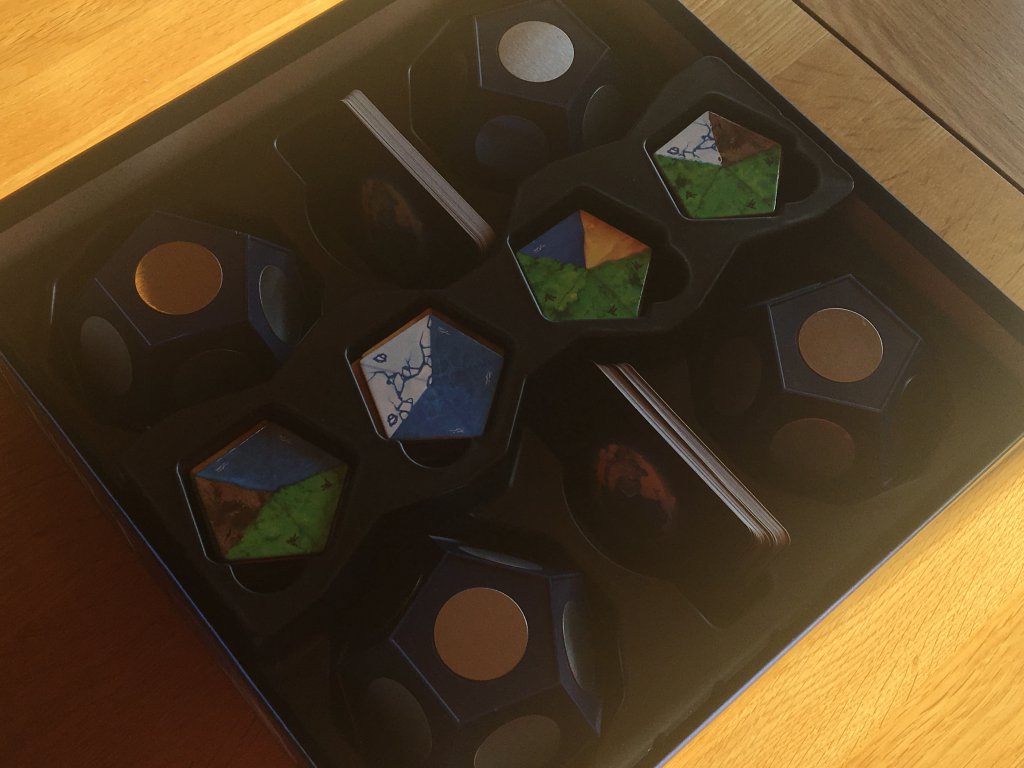
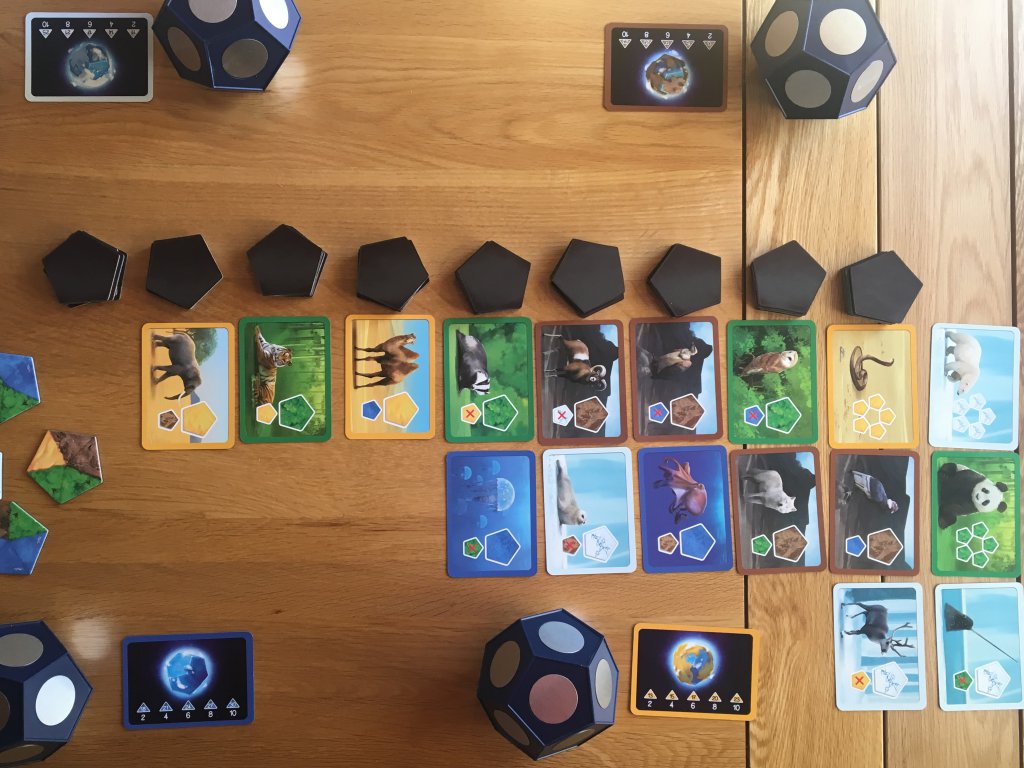
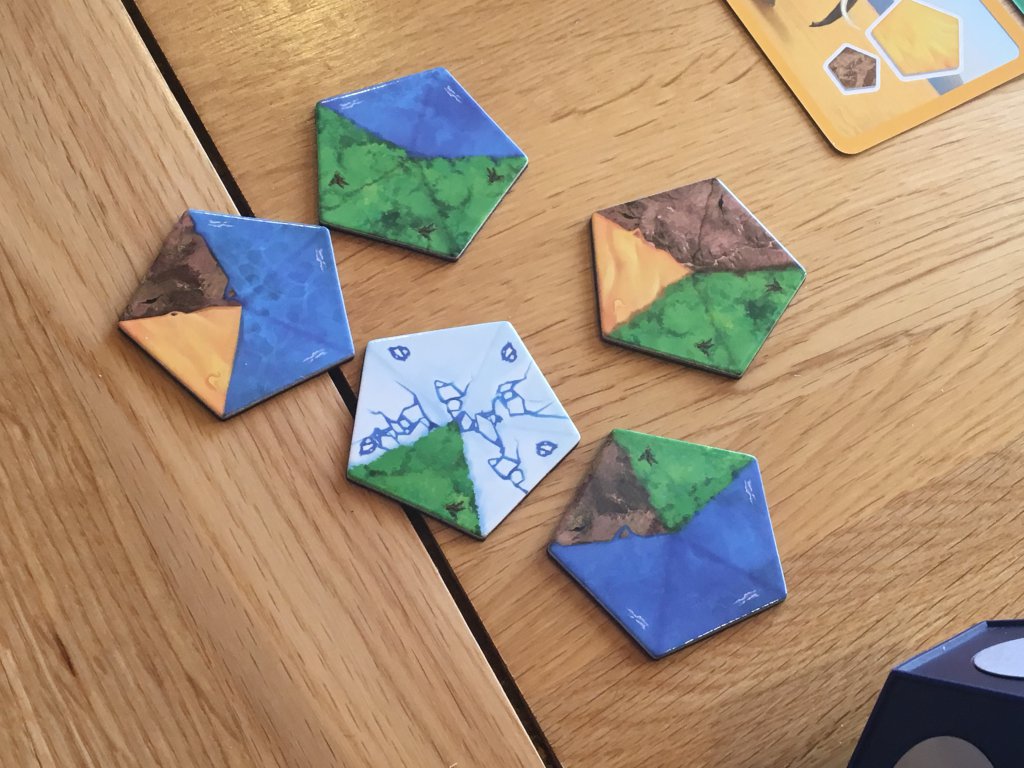
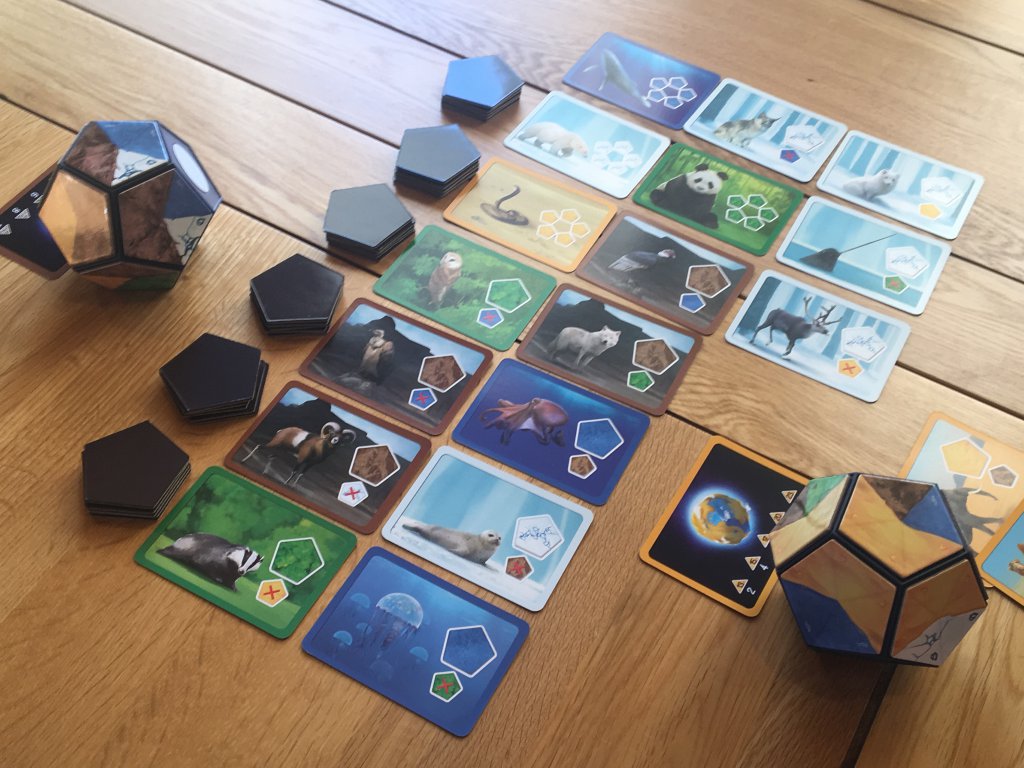
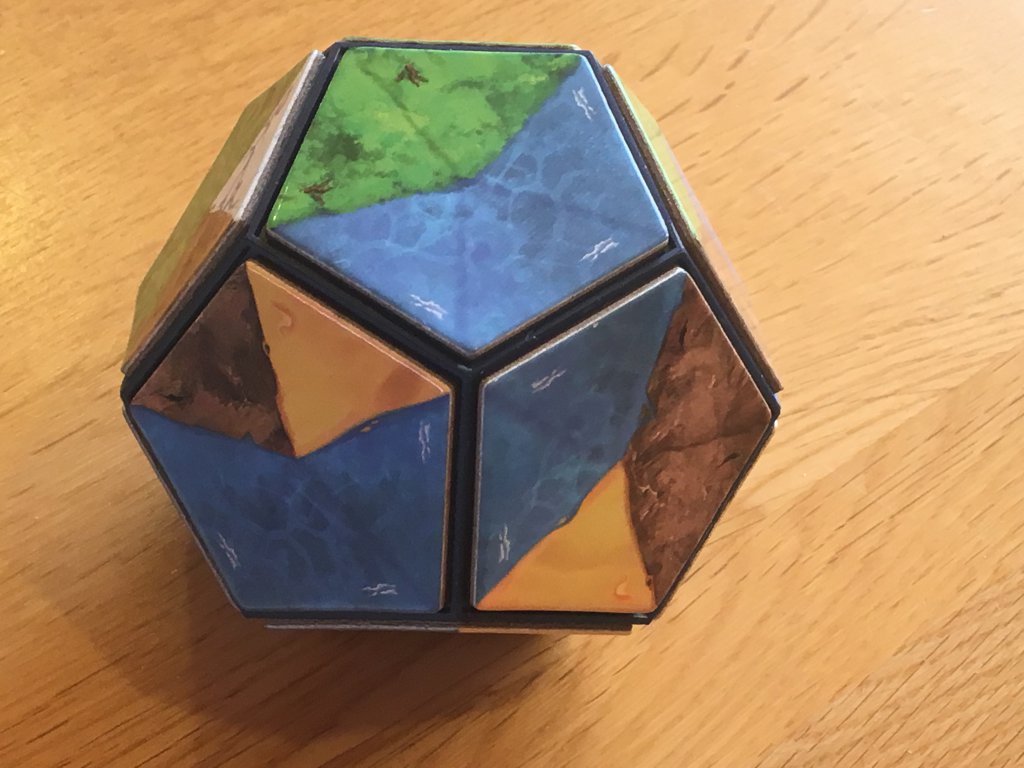
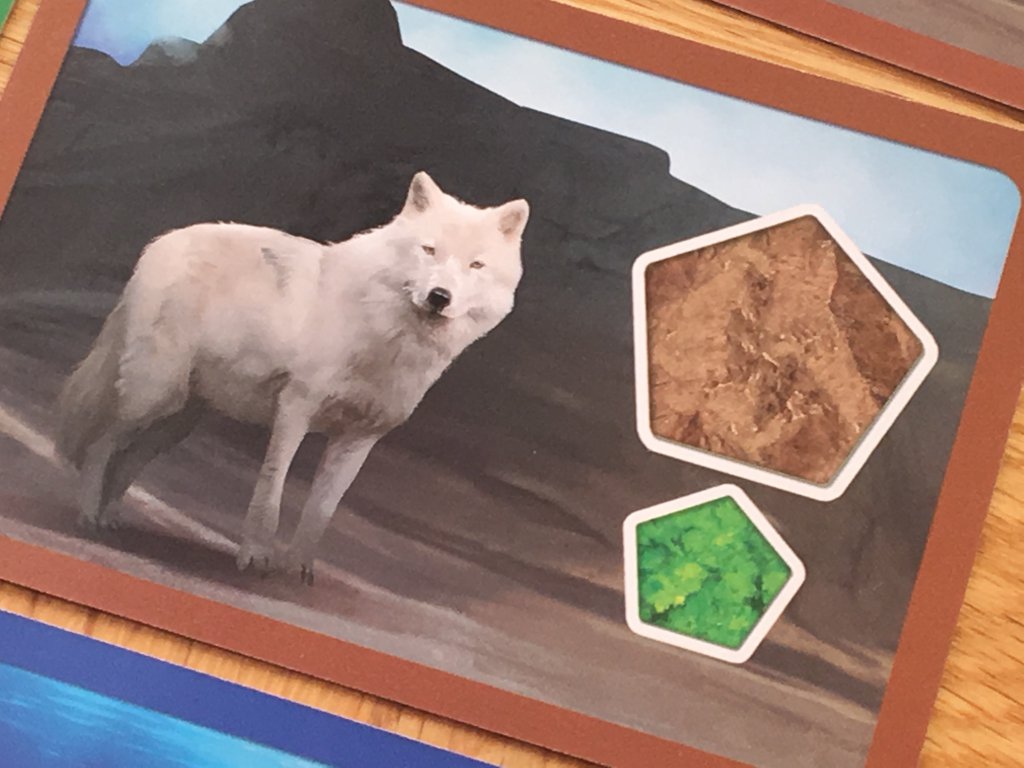
Comments are closed.